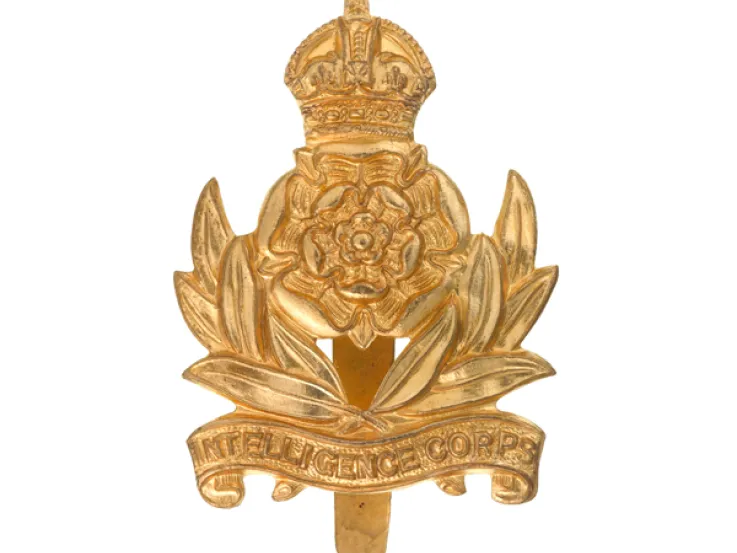Origins
In the mid-19th century, the Army’s line infantry regiments began to abandon the flintlock musket in favour of the rifle. Previously, rifles had only been used by specialist units.
In 1853, Lord Hardinge, the Commander-in-Chief of the British Army, called for a new military establishment to be set up ‘for the instruction of the Army in rifle and target practice’. Hardinge was a veteran of the Peninsular War (1808-14), where riflemen had proved particularly effective.
The new School of Musketry was established at Hythe on the Kent coast, where the wide-open beach and proximity to the sea made it ideal for shooting. The school consisted of a dedicated body of instructors tasked with ensuring a standardised level of proficiency across the infantry. In 1861, it relocated to Fleetwood in Lancashire, before returning to Hythe six years later.
Evolution
Over the next few decades, its role evolved to include the testing of new infantry weapons. The importance of the machine gun during the First World War (1914-18) resulted in a separate Machine Gun School being established on the Western Front for testing and training purposes.
In 1919, the School of Musketry was renamed the Small Arms School to differentiate it from the Machine Gun School. Just four years later, the two merged to form the Corps of Small Arms and Machine Gun Schools.
By the end of the 1920s, its title had been simplified twice, first to the Headquarter Small Arms School in 1926, and then to the Small Arms School Corps (SASC) in 1929.
The unit took on responsibility for training in anti-gas warfare in 1931, when the Chemical Warfare School was merged into it.

A French Army official visit to the Small Arms School, Hythe, c1955
Recent years
During the Second World War (1939-45), the Corps moved to the Proof and Experimental Establishment at Pendine on the south coast of Wales. It returned to Hythe after the war, before moving to its current base at the Land Warfare Centre at Warminster, Wiltshire, in 1969.
Today, the SASC continues to maintain proficiency in the use of small arms, support weapons and range management across the Army.
The SASC is manned entirely from volunteers who transfer from other Army units, although most come from the infantry. These soldiers are usually non-commissioned officers already qualified as Skill at Arms instructors.
Regimental museums
The National Army Museum works with a network of Regimental and Corps Museums across the UK to help preserve and share the history and traditions of the Army and its soldiers.
Discover more about the Small Arms School Corps by visiting the Small Arms School Corps Weapons Collection in Warminster.









